Sixty Uses of Vinegar
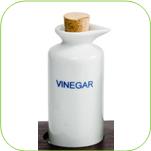
Vinegar has many different uses in the household. Here are over 60 uses for vinegar.
1. Arthritis tonic and treatment: 2 spoonfuls of apple cider vinegar and honey in a glass of water several times daily.
2. Thirst-quenching drink: apple cider vinegar mixed with cold water.
3. Sagging cane chairs: sponge them with a hot solution of half vinegar and half water. Place the chairs out in the hot sun to dry.
4. Skin burns: apply ice cold vinegar right away for fast relief. Will prevent burn blisters.
5. Add a spoonful of vinegar to cooking water to make cauliflower white and clean.
6. Storing cheese: keep it fresh longer by wrapping it in a vinegar-soaked cloth and keeping it in a sealed container.
7. Remove stains from stainless steel and chrome with a vinegar-dampened cloth.
8. Rinse glasses and dishes in water and vinegar to remove spots and film.
9. Prevent grease build-up in your oven by frequently wiping it with vinegar.
10. Wipe jars of preserves and canned food with vinegar to prevent mold-producing bacteria.
11. To eliminate mildew, dust and odors, wipe down walls with vinegar-soaked cloth.
12. Clean windows with vinegar and water.
13. Hardened paint brushes: simmer in boiling vinegar and wash in hot soapy water.
14. Clean breadbox and food containers with vinegar-dampened cloth to keep fresh-smelling and clean.
15. Pour boiling vinegar down drains to unclog and clean them.
16. Clean fireplace bricks with undiluted vinegar.
17. An excellent all-purpose cleaner: vinegar mixed with salt. Cleans copper, bronze, brass, dishes, pots, pans, skillets, glasses, windows. Rinse well.
18. Make your catsup and other condiments last long by adding vinegar.
19. To clear up respiratory congestion, inhale a vapor mist from steaming pot containing water and several spoonfuls of vinegar.
20. Apple cider vinegar and honey as a cure-all: use to prevent apathy, obesity, hay fever, asthma, rashes, food poisoning, heartburn, sore throat, bad eyesight, dandruff, brittle nails and bad breath.
21. When boiling eggs, add some vinegar to the water to prevent white from leaking out of a cracked egg.
22. When poaching eggs, add a teaspoon of vinegar to the water to prevent separation.
23. Weight loss: vinegar helps prevent fat from accumulating in the body.
24. Canned fish and shrimp: to give it a freshly caught taste, soak in a mixture of sherry and 2 tablespoons of vinegar.
25. Add a spoonful of vinegar when cooking fruit to improve the flavor.
26. Soak fish in vinegar and water before cooking for a tender, sweeter taste.
27. Add vinegar to boiling ham to improve flavor and cut salty taste.
28. Improve the flavor of desserts by adding a touch of vinegar.
29. Add vinegar to your deep fryer to eliminate a greasy taste.
30. Add a tablespoon of vinegar to fruit gelatin to hold it firm.
31. Steep your favorite herb in vinegar until you have a pleasing taste and aroma.
32. Use vinegar instead of lemon on fried and broiled foods.
33. To remove lime coating on your tea kettle; add vinegar to the water and let stand overnight.
34. To make a good liniment: beat 1 whole egg, add 1 cup vinegar and 1 cup turpentine. Blend.
35. Apply vinegar to chapped, cracked skin for quick healing.
36. Vinegar promotes skin health: rub on tired, sore or swollen areas.
37. Reduce mineral deposits in pipes, radiators, kettles and tanks by adding vinegar into the system.
38. Rub vinegar on the cut end of uncooked ham to prevent mold.
39. Clean jars with vinegar and water to remove odor.
40. Avoid cabbage odor by adding vinegar to the cooking water.
41. Skunk odor: remove from pets by rubbing fur with vinegar.
42. Paint adheres better to galvanized metal that has been wiped with vinegar.
43. Pets’ drinking water: add vinegar to eliminate odor and encourage shiny fur.
44. For fluffy meringue: beat 3 egg whites with a teaspoon of vinegar.
45. Pie crust: add 1 tablespoon vinegar to your pastry recipe for an exceptional crust.
46. Half a teaspoon per quart of patching plaster allows you more time to work the plaster before it hardens.
47. Prevent discoloration of peeled potatoes by adding a few drops of vinegar to water. They will keep fresh for days in fridge.
48. Poultry water: add vinegar to increase egg production and to produce tender meat.
49. Preserve peppers: put freshly picked peppers in a sterilized jar and finish filling with boiling vinegar.
50. Olives and pimentos will keep indefinitely if covered with vinegar and refrigerated.
51. Add 1 teaspoon vinegar to cooking water for fluffier rice.
52. Add vinegar to laundry rinse water: removes all soap and prevents yellowing.
53. After shampoo hair rinse: 1 ounce apple cider vinegar in 1 quart of distilled water.
54. For a shiny crust on homemade bread and rolls: just before they have finished baking, take them out, brush crusts with vinegar, return to oven to finish baking.
55. Homemade sour cream: blend together 1 cup cottage cheese, 1/4 cup skim milk and 1 tsp. vinegar.
56. Boil vinegar and water in pots to remove stains.
57. Remove berry stains from hands with vinegar.
58. Prevent sugaring by mixing a drop of vinegar in the cake icing.
59. Cold vinegar relieves sunburn.
60.When boiling meat, add a spoonful of vinegar to the water to make it more tender.
Bonus:
61. Marinate tough meat in vinegar overnight to tenderize.
62. Douche: 2 to 4 ounces of vinegar in 2 quarts of warm water.



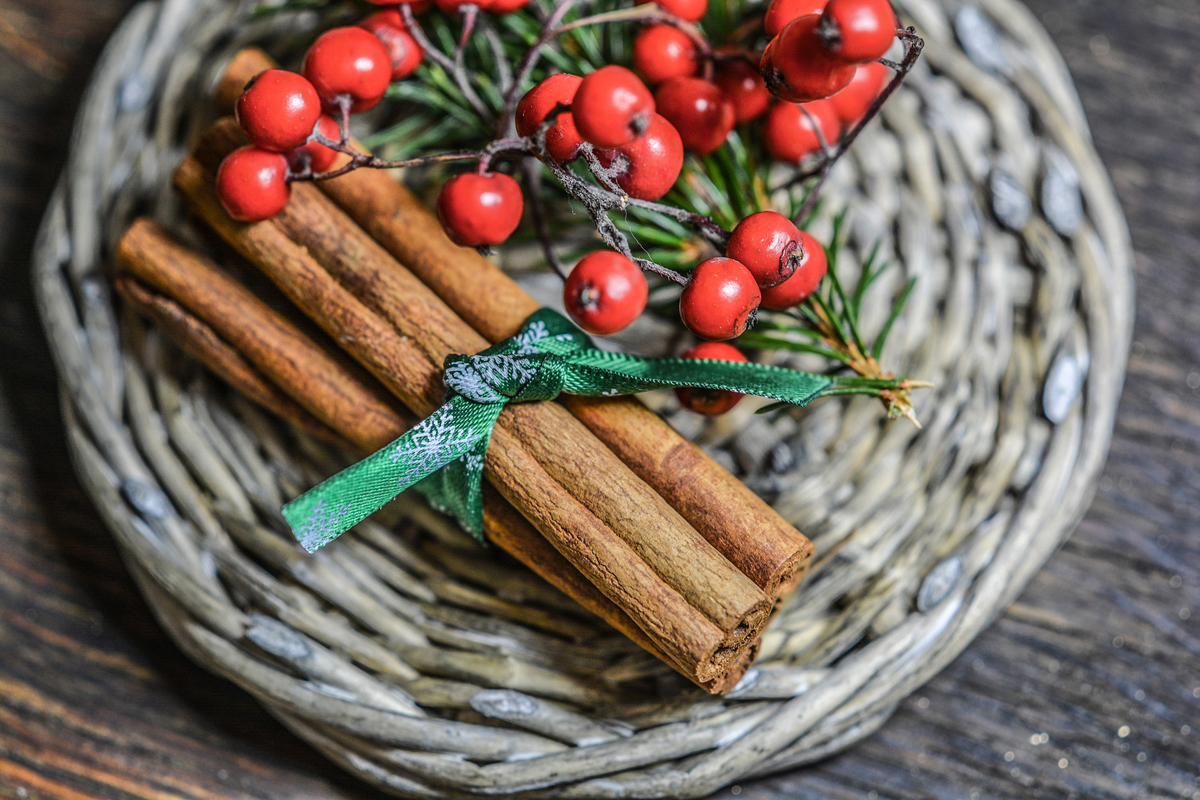

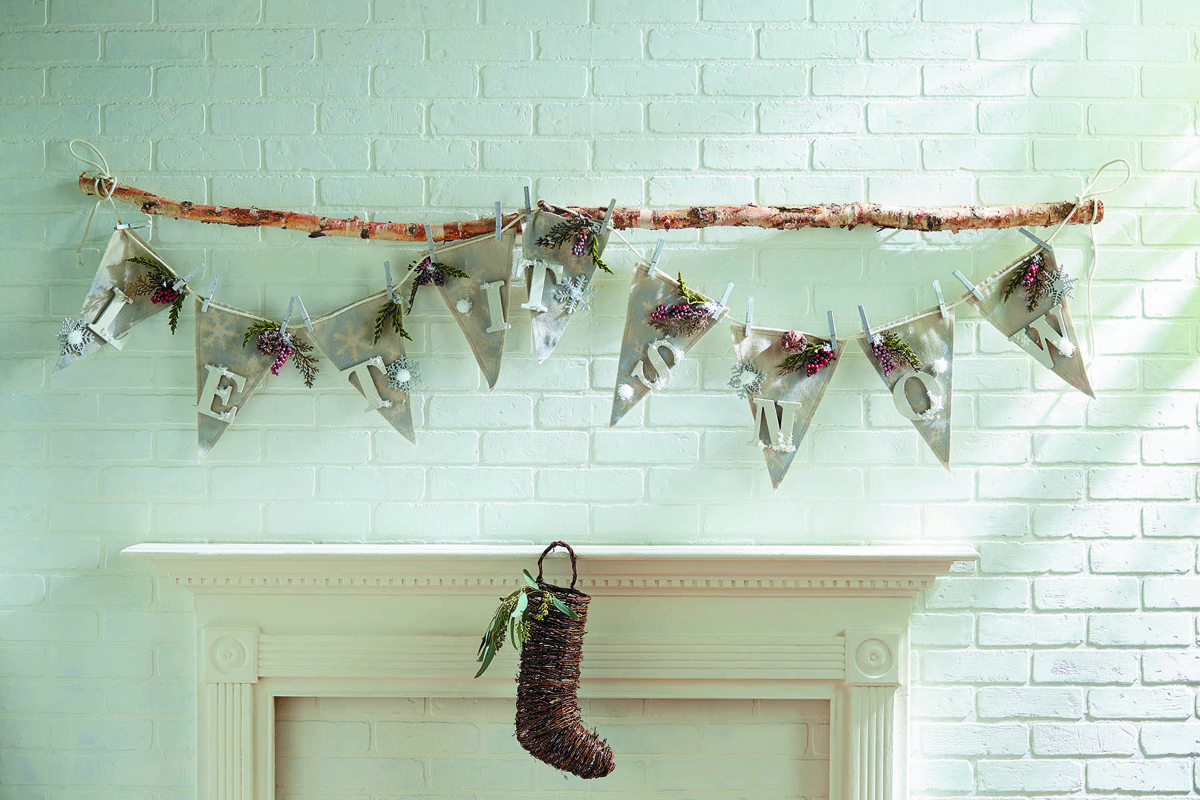
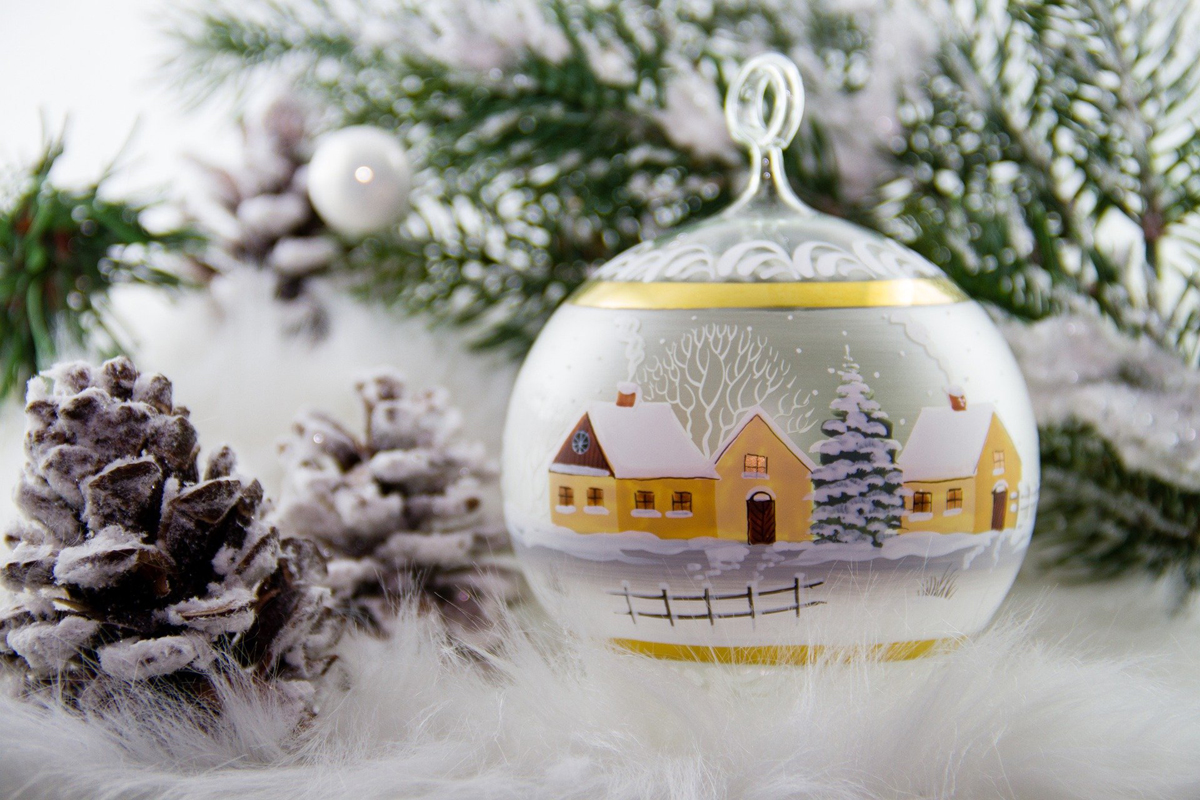
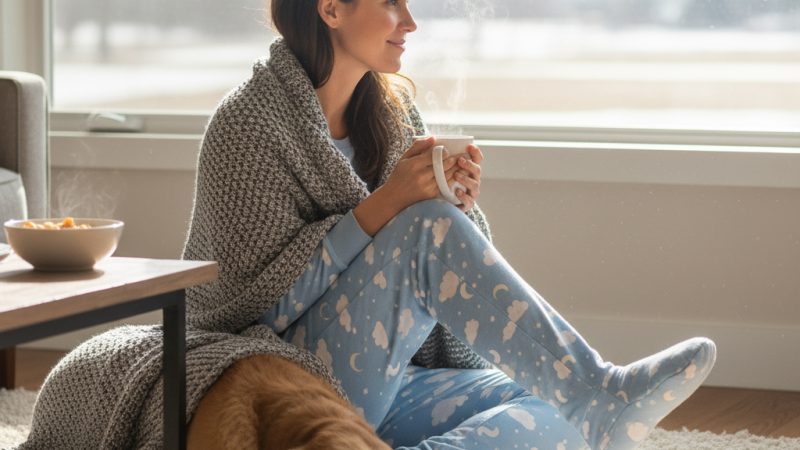
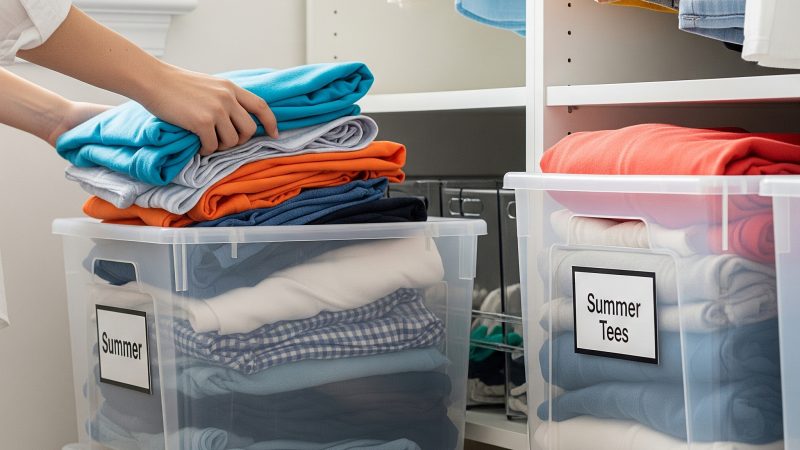
I was reading through your article “60 uses for vinegar” and thought to add one that I did not see on the list. I was able to remove a mole by placing a cotton soaked in apple cider vinegar directly on the mole, held in place by a bandage. I kept it on for 12 hours then removed it for the next 12 hours. I did this daily for about 2 weeks. The thing slowly turned black, crusted up and fell off (I know, rather gross). That was 3 months ago and there is no sign of it ever being there. There have been cautions about applying apple cider vinegar directly to the skin, but I found the biggest irritation to my skin to come from the continual removal of band-aids (the adhesive), which I dealt with by applying a soothing hemp balm to surrounding skin.
I read this remedy works for both moles and warts.
That’s amazing! I didn’t know vinegar could be used to remove moles. Thanks for sharing your experience and the tip about using a soothing hemp balm to deal with the adhesive irritation.
Hello
I read your article and become very pleased. to me it is a great site.
Thank you for sharing.
Thank you for your kind words! We’re glad you found our article helpful.
The benefits of apple cider vinegar are extensive and in some cases quite surprising. The apple cider vinegar has increased in popularity in recent years for its many uses ranging from beauty treatment, to cleaning product to natural remedy for many ailments. Apple cider vinegar brings many benefits and health properties, especially if taken every day and fasting. We tell you why it’s so good.
Completely agree! Apple cider vinegar has so many benefits and can be used in various ways. It’s great to see its popularity increasing.
The usage of this varies with the severity of your acne. Most of the time, users dilute it with water and apply it with a cotton ball over their spots as it seems to work very well. ACV is considered a good replacement for antibiotics as it helps to treat bacterial infections. You can probably use apple cider vinegar in two ways; one as an internal tonic and as topical antibacterial solution. Follow these steps and you might see some considerable results. First take three table spoons of ACV to a bottle of water and mix them well thoroughly. Then apply it on your face with a cotton ball as an astringent. Try using three different cotton balls on your face. Use one for your forehead, another for your cheeks and nose and one for your chin. If you happen to have an oily nose in particular, use a separate one for that. This is to prevent spreading bacteria from one place to all over your face which eventually would cause more breakouts on other areas of your face. Though this is quite uncommon, it’s better to be safe than sorry. Leave it for about ten to fifteen minutes and rinse it thoroughly with warm water. Then use a soft clean towel to pat your skin dry. Repeat this procedure three times a day for maximum effect. For those who have severe forms of acne infection, you can apply lower dosage of ACV diluted with three to four parts of water and leave it overnight to do its job and wash it off the next day with warm water.
This is a detailed and helpful guide for using apple cider vinegar to treat acne. I appreciate the step-by-step instructions and the reminder to use separate cotton balls to prevent the spread of bacteria. Thanks for sharing!